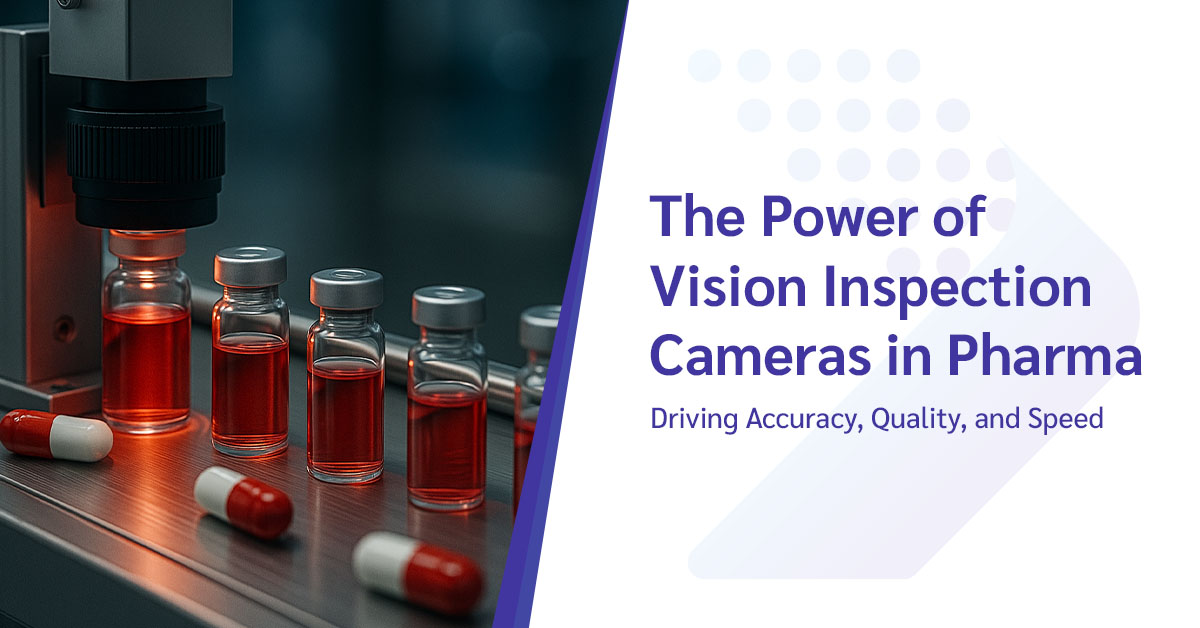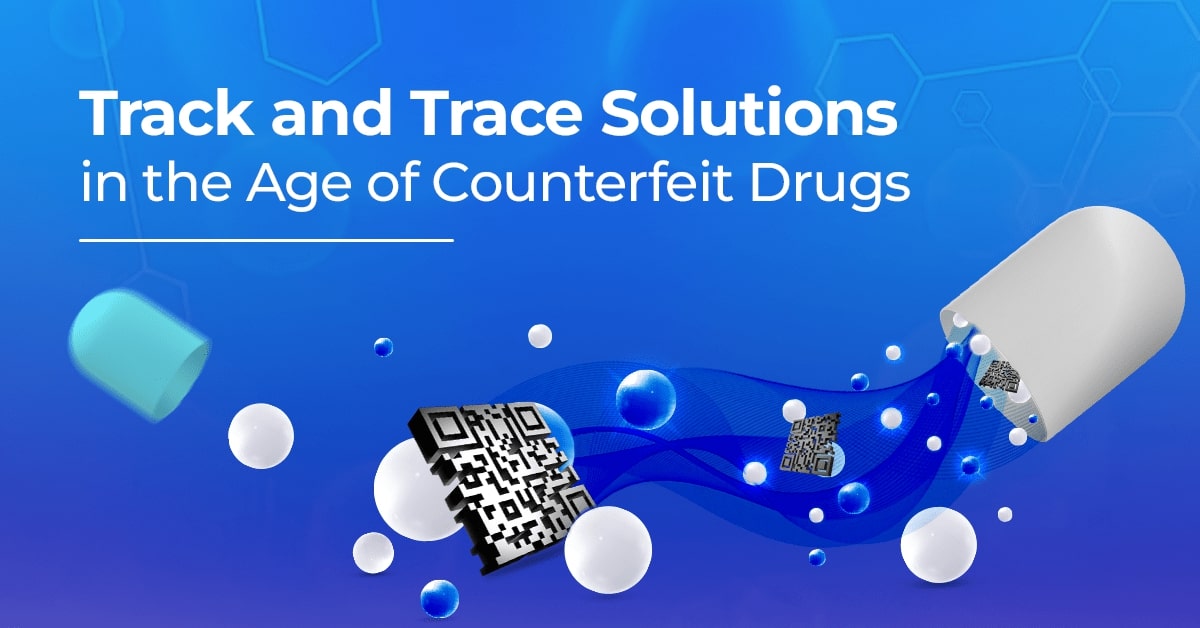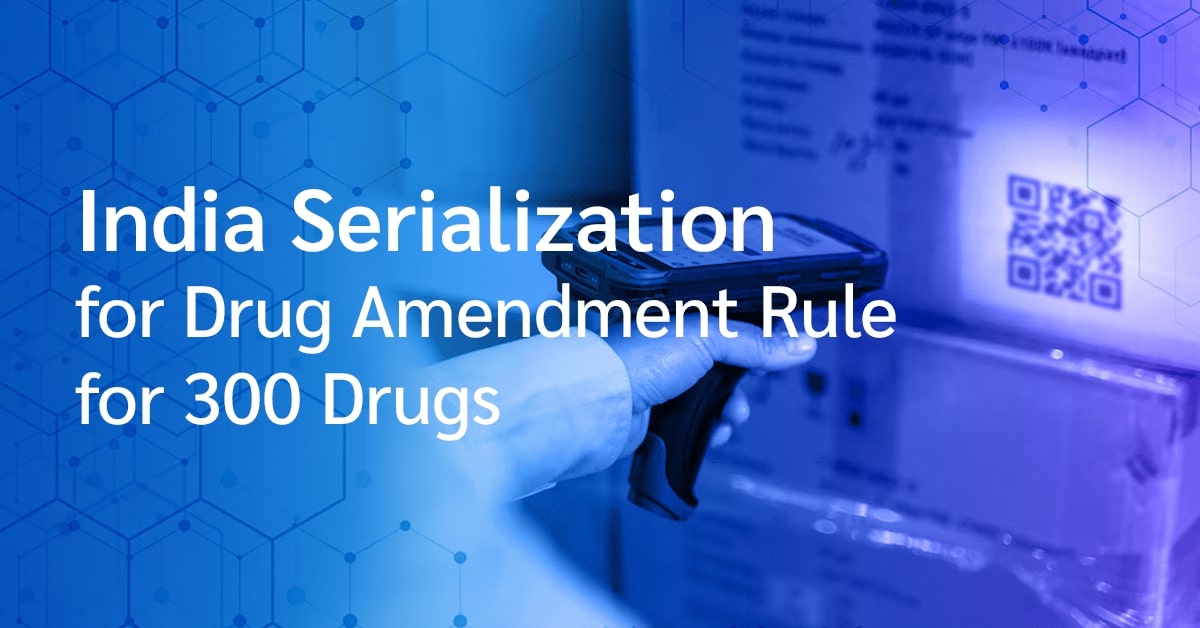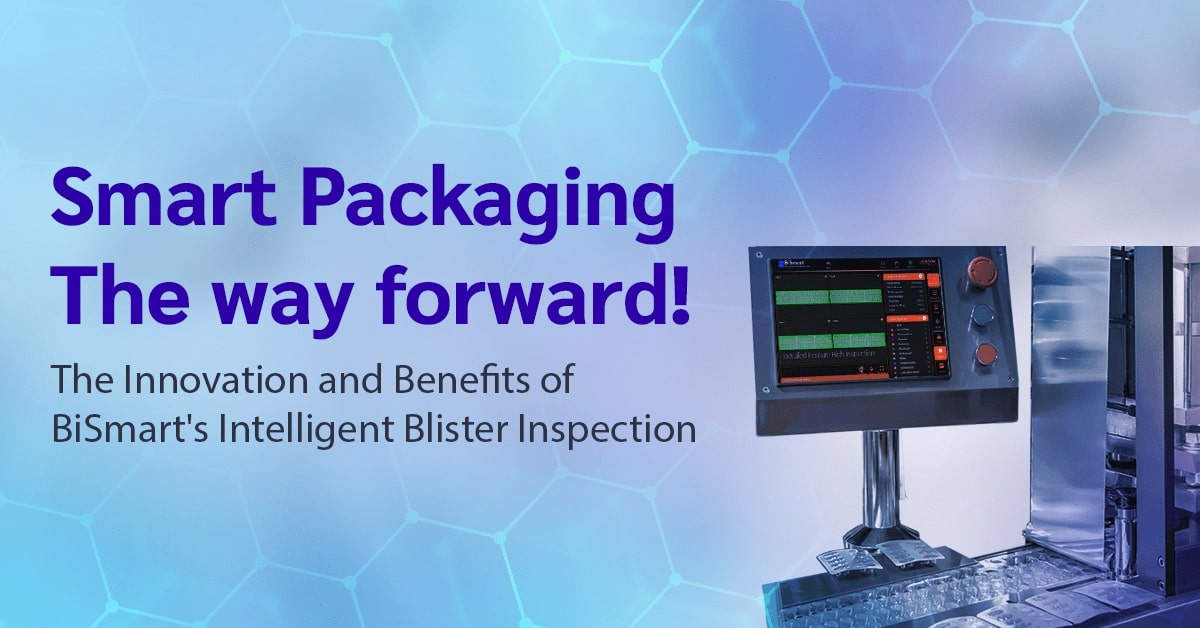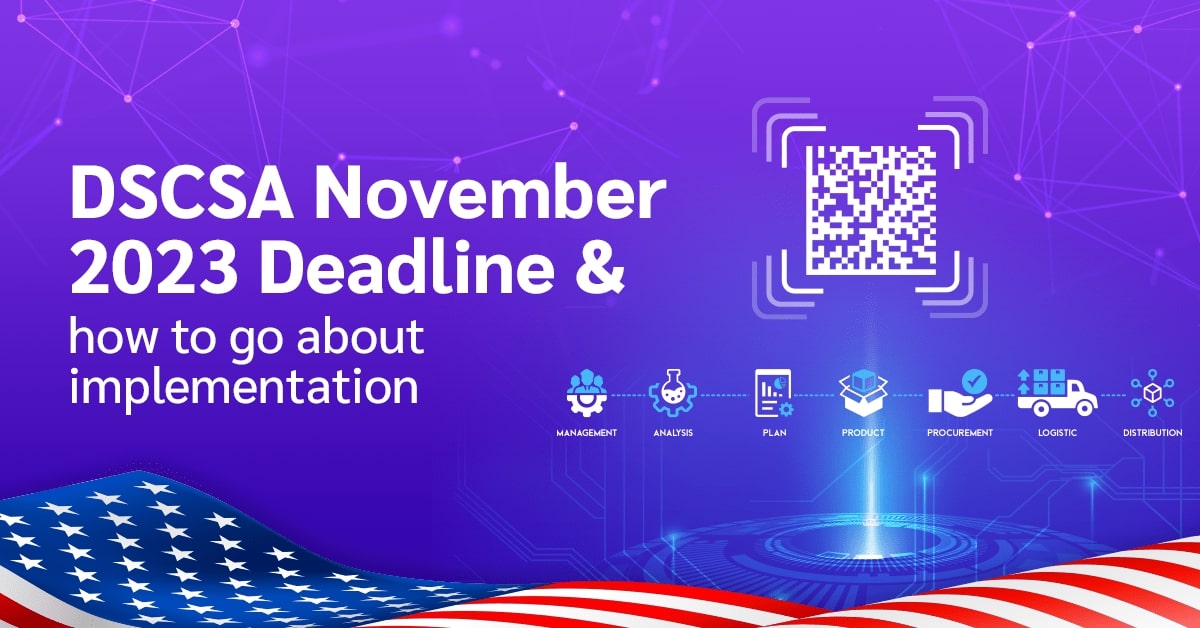Introduction
In pharmaceutical manufacturing, precision is critical. Every tablet, vial, and package must meet the highest quality and safety standards to protect patient lives, ensure regulatory compliance, and safeguard brand reputation.
Pharmaceutical companies are increasingly relying on vision inspection cameras — automated, intelligent systems that offer precision, speed, and consistency unmatched by manual inspection. These systems are now further empowered by AI-driven technologies, driving innovation across inspection processes.
In this article, we explore how vision inspection cameras are transforming pharmaceutical manufacturing, including specialized applications, AI advancements, and the shift from manual to automated inspection.
Why They Matter in Pharma
The pharmaceutical industry requires a meticulous level of detail. Here’s how vision inspection cameras rise to the challenge:
- Accuracy at Scale
- Detects defects such as broken tablets, incorrect blister pack alignment, or faulty caps
- Ensures text legibility, correct barcodes, and expiry dates on packaging
- Avoids human error by automating precise inspections at micro levels
- Uncompromising Quality Control
- Confirms that every product complies with Good Manufacturing Practices (GMP)
- Enables real-time feedback loops to immediately correct issues
- Helps reduce product recalls and regulatory risk
- Speed Without Sacrificing Quality
- Inspects thousands of products per minute on high-speed production lines
- Speeds up batch release by delivering instant pass/fail decisions
- Streamlines validation and documentation for audits
Real-World Applications
- Tablet & Capsule Inspection: Identifies cracks, colour inconsistencies, and missing imprints
- Label Verification: Matches label content with the digital batch record
- Syringe & Vial Inspection: Detects particulate matter, fill levels, and seal integrity
- Serialization & Traceability: Reads and verifies 2D data matrix codes for global compliance
Vision Inspection Across Specialized Pharmaceutical Applications
Vision inspection is no longer limited to packaging and labelling; it now plays a vital role in specialized product inspections:
- Soft gels and Coated/Uncoated Tablets: Detection of surface defects, cracks, chips, coating inconsistencies, and colour variations.
- Fill Level Inspection: Ensures that vials, ampoules, and bottles are filled within acceptable limits to meet quality and regulatory standards.
- Blister Pack Inspection: Identifies missing or broken tablets and verifies proper sealing.
Vision systems for these specialized products guarantee product integrity and reduce the chances of defective batches reaching the market.
Label, Artwork, and Print Verification
Incorrect labelling can lead to serious compliance risks and product recalls. Dedicated vision inspection solutions ensure:
- Correct Label Placement and Orientation
- Legibility of Batch Numbers, Expiry Dates, and Serialization Codes
- Artwork Accuracy and Color Consistency
- Barcode and QR Code Verification for Traceability
This topic can be expanded into a focused article specifically on label and artwork inspection best practices and innovations.
Syringe & Vial Inspection
Vision cameras in pharma ensure:
- Correct fill levels to avoid under- or overdosing
- Particle detection to catch contaminants or bubbles
- Seal checks to confirm caps and stoppers are intact
- Glass inspection for cracks or chips
Fast, accurate, and essential for patient safety.
Serialization & Traceability
Vision inspection cameras quickly scan and verify 2D data matrix codes on each product to ensure:
- Code accuracy and readability
- Compliance with global regulations (like DSCSA, EU FMD)
- Full traceability across the supply chain
They help ensure every unit is authentic, trackable, and safe.
AI-Driven Inspection: The Next Frontier
Artificial Intelligence (AI) is revolutionizing vision inspection by enhancing:
- Defect Detection Accuracy: AI algorithms can learn from product variations and improve over time.
- Predictive Quality Analytics: AI can predict potential defects based on historical trends.
- Real-Time Adaptability: AI systems can adjust inspection parameters instantly without manual recalibration.
AI-driven inspection not only improves precision but also minimizes false rejections, reduces downtime, and boosts operational efficiency.
Manual vs. Automated Inspection: Why Automation Wins
| Feature | Manual Inspection | Automated Vision Inspection |
| Accuracy | Operator-dependent, prone to fatigue | Consistent, high precision |
| Speed | Slower, batch-based | Continuous, real-time |
| Scalability | Limited | Easily scalable across lines |
| Traceability | Manual records | Real-time data and reporting |
| Regulatory Compliance | Risk of human error | Automated documentation |
Automated vision inspection offers superior consistency and speed, which is critical for modern, high-volume pharmaceutical production lines.
Final Thoughts
Vision inspection cameras are an essential pillar in pharmaceutical manufacturing, enabling accuracy, efficiency, and regulatory compliance across both basic and specialized product lines.
As AI-driven systems become more advanced, and as manufacturers move further away from manual inspection, the future of pharmaceutical quality control will be faster, smarter, and safer.
Want to explore how AI is further revolutionizing pharma? Or dive into other innovations in manufacturing? Contact us today at marketing marketing@jeksonvision.com or WhatsApp us at +91 6352 529 570 for any further queries or assistance.

